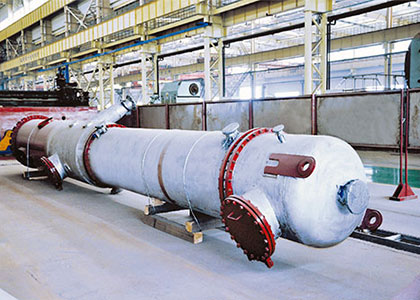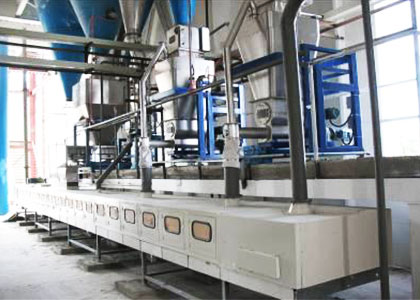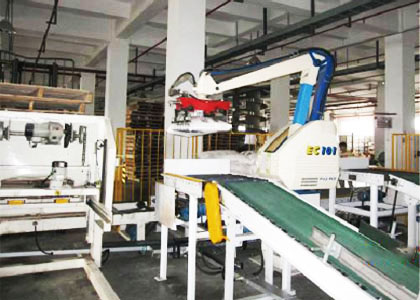Due to the lack of forest resources in China and other reasons, raw wood pulp is less in use. Waste paper pulp is an important raw material for paper making, and waste paper pulp will remain at a high level in the next few years. However, due to the shortcomings of waste paper pulp, these will impose many restrictions on its application. For example, it is difficult to use the 100% waste paper pulp to produce high-grade paper and high value-added specialty papers. How to improve the quality and expand the application range has very important and long-term significances.
First, the problem of waste paper pulp
1. The incomplete deinking problem
The incomplete deinking problem is one of the obvious disadvantages of waste paper pulp. The residual of ink particles in the pulp has great influence on the whiteness of the pulp. When more ink enters the concaves on the surface of the long fibers, this will also has a certain negative impact on the dirt count of waste paper pulp.
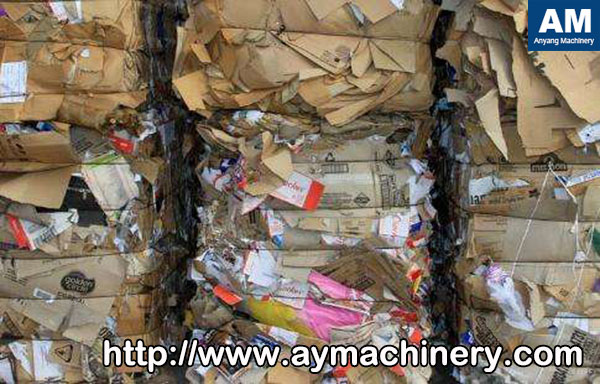
Firstly, the incomplete deinking problem of waste paper pulp is not completely caused by the fibers themselves. Secondly, its classification recycle is not strictly established in system and carried out in action. In China, the classification has been simply divided into magazine paper, news paper, cardboard, bag paper and white paper. This is seen as the backward classification of waste paper. The international waste paper classification has formed special standards. The strict classification is indispensable for the deinking problem of waste paper. Thirdly, the cost problem is also one of the reasons for the incomplete deinking of waste paper. In addition, how to choose the deinking agent, the deinking equipment, the deinking method and process parameters may all be the reasons.
2. Low whiteness problem
The whiteness is one of the important indicators to measure the quality grade of waste paper pulp. The low whiteness can restrict widespread use of waste paper pulp. The whiteness is closely related to residual amount of the ink, and decreases as the amount of ink increases. In addition, the low whiteness is also related to the bleaching.
3. Problem about different lengths of pulp fibers
The fiber length is also different in waste paper pulp, which is one of the shortcomings. This will restrict the use of waste paper pulp, especially in specialty papers. Many specialty papers have higher requirements on the uniformity of the paper fiber length.
There are two main reasons. The first reason is from waste paper fiber itself. Different tree species have different fiber lengths. The second is caused by the damage of the fibers themselves by external action of primary fibers and the recycled fibers during the pulping process.
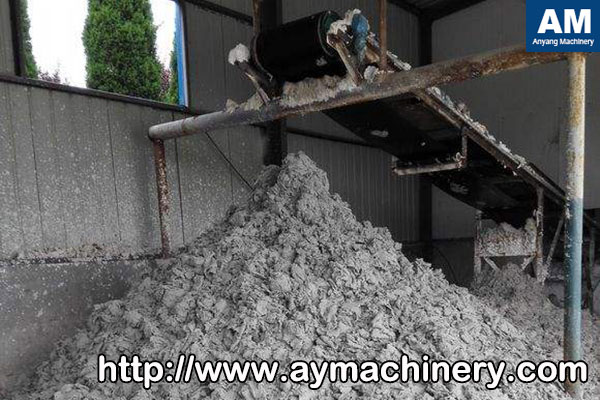
4. Complex chemical composition problem
Chemical composition is one of serious defects of waste paper pulp. The common components include water, lignin, cellulose, hemi-cellulose, ink, fillings, adhesives, trace metal ions, and semi-fiber. The instability of pigments, inks, fillings, adhesives and trace metal ions has a large or small effect on the quality of waste paper pulp.
5. Fiber keratinization problem
Keratinization refers to the irreversible physical changes in the cell wall structure of fibers during the papermaking process (Wet pressing and drying), including the irreversible shrinkage of the cell compartment and the formation of internal hydrogen bonds. Fiber keratinization can affect the fiber binding force seriously, which will affect the properties of the paper.
Second, the quality-improving methods of waste paper pulp
There are many methods to improve waste paper pulp. New methods include high-efficiency deinking method, chemical pretreatment waste paper pulp, waste paper pulp screening and classification, medium-concentration beating of waste paper pulp, optimized deinking process, high-efficiency bleaching, and the enhanced waste paper classification. .Since the predecessors have done a lot of researches, and only the above methods will be briefly summarized.
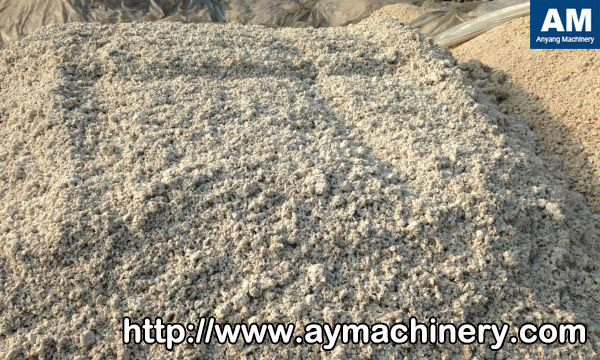
1. Strengthen the classification of waste paper and improve the use of chemicals
Strict classification of waste paper can reduce the complexity of chemical composition of waste paper pulp and moderate cost, or improve the use of chemicals. After high-rate pulp waste paper and chemical pulp waste paper are classified and pulped, different bleaching methods can be used for different yields. For example, they can be bleached with H2O2 or reducing bleaching agents such as Na2S2O4 and FAS. The chemical waste paper pulp is bleached with de-lignin bleaching agent such as oxygen and ozone, which avoids the worry that the delignified bleaching agent dissolves lignin to reduce the yield and ensures the high utilization rate of the bleaching agent. At the same time, the agent is highly targeted and can improve the whiteness of the bleached pulp to a certain extent.
The waste paper with different printing inks shall be strictly classified, and the deinking operation of waste paper pulp can not only improve the quality with a suitable deinking agent, but also reduce the production cost. In the recycling process of waste paper, China needs to strengthen the classification urgently.
2. Protect fibers to reduce their keratinization
At present, the methods of protecting fibers from the keratinization mainly include chemical pretreatment process and medium-concentration beating process. The medium-concentration beating process mainly produces a strong filamentization effect on the fibers, so that the hydroxyl groups are fully exposed, reducing the keratinization. Chemical pretreatment process can reduce the crystallinity, mitigate the keratinization effect and improve paper quality. In addition, the process can improve pulp composition, improve the bleaching effect, and increase the whiteness, reduce fine fiber content, improve the drainage performance, increase machine speed and reduce the cost. This is also one of the ways to improve pulp quality.
3. Develop new high-efficiency deinking methods to reduce ink residual
At present, new high-efficiency deinking methods include steam explosion method, ultrasonic method, enzymatic method, magnetic method, etc. These methods have their own advantages and good deinking efficiency. However, the deinking cannot be done by only one method. Different deinking methods often have synergistic effects, and if two methods are combined, the unexpected effects can be obtained. The development of new and efficient deinking methods is still an indispensable way to improve waste paper pulp.


